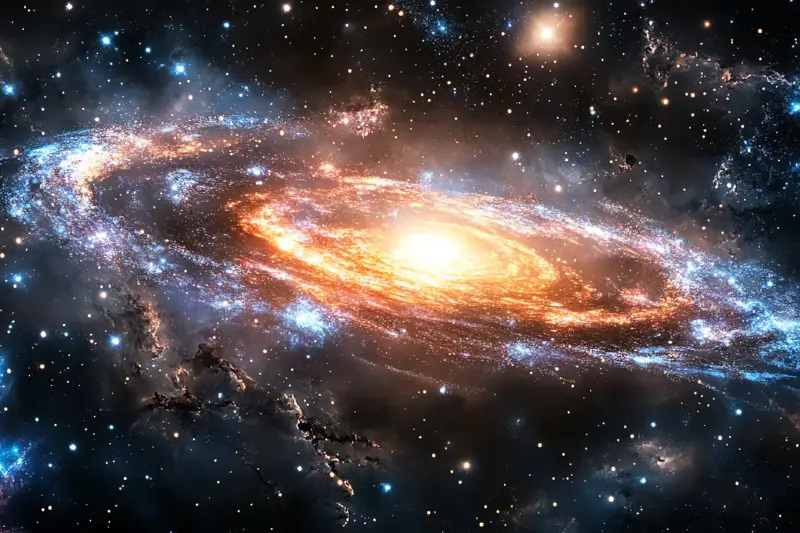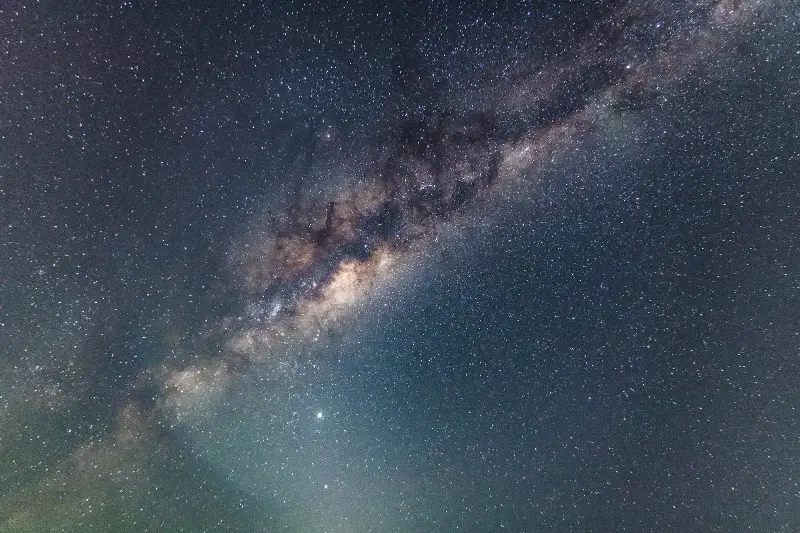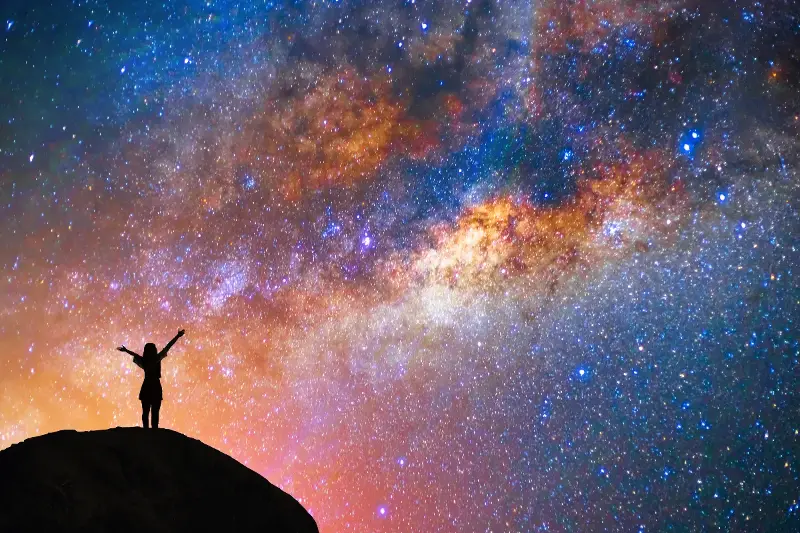Imagine a universe where fact often feels stranger than fiction. From the tiniest flicker of quantum particles to the vast mysteries of galaxies, science is packed with mind-bending truths that stretch the imagination and ignite curiosity. Let’s embark on a journey through some of the most surprising scientific facts that blur the boundaries between what we know and what we have yet to discover.

Quantum Realities: A World Of Uncertainty And Possibility
When you hear the phrase “uncertainty principle,” it might sound like the stuff of science fiction. Yet, for quantum physicists, it is a daily reality. Werner Heisenberg’s famous uncertainty principle tells us it’s impossible to know a particle’s position and speed at the same time with perfect accuracy. If you look closer to learn exactly where an electron is, you become less certain about how fast it’s moving. This isn’t because our tools are crude—it’s a fundamental feature of the quantum world.
Then consider quantum superposition. In our everyday world, things seem settled and definite: a mug sits on your table, your laptop is open. But in the quantum realm, particles like electrons and photons can be in multiple states at once—until they’re measured. The most famous thought experiment, Schrödinger’s Cat, uses a cat in a box to illustrate this: until you look, the cat is both alive and dead, existing in a kind of twilight between possibilities. This isn’t just a philosophical curiosity—quantum superpositions give rise to modern technologies like MRI scanners and even the promise of future quantum computers.
Equally astonishing, the phenomenon of quantum entanglement connects particles over any distance, so that what happens to one instantly affects the other, even if they’re on opposite sides of the universe. Albert Einstein called this “spooky action at a distance,” and yet it’s been proven time and again in laboratories worldwide.
Cosmic Wonders: Our Universe Is Stranger Than We Imagine
Looking up at the night sky, it’s easy to think the stars are all roughly the same. But the cosmos is a tapestry of extremes. The largest star we know of, UY Scuti, is over 1,700 times wider than the Sun, and so big it could fit almost five billion Suns inside it. Yet, some planets like HD 189733b rain glass sideways due to extreme winds over 8,700 kilometres per hour.
Even more mind-boggling is dark matter and dark energy. About 85% of the universe’s matter is invisible and undetectable except for its gravitational pull. No one knows exactly what dark matter is made from—it’s like a cosmic detective story waiting for its resolution. Add to that dark energy, a mysterious force driving the universe’s expansion faster and faster. Together, dark matter and dark energy make up about 95% of the universe. That means all the stars, planets, dogs, mobile phones, and coffee cups you’ve ever known are just a tiny fraction of what’s really out there.
Let’s not forget black holes, the so-called monsters of the cosmos. Once thought to be only theoretical, black holes are now known to exist at the centres of most galaxies—including our own Milky Way. Their gravity is so intense that nothing, not even light, can escape. Yet, according to “Hawking radiation,” black holes can slowly evaporate over time, releasing energy and possibly information. It’s a paradox that keeps physicists wide awake at night.

The Hidden Rules Of Our Everyday World
Ever wondered what holds you together as you sit and read these words? The answer lies in the four fundamental forces: gravity, electromagnetism, the strong nuclear force, and the weak nuclear force. Gravity keeps your feet on the ground, but it’s so weak that a simple fridge magnet can overpower the gravitational pull of the entire Earth—something to ponder next time you reach for a snack.
Dig even deeper and you’ll find that the atoms making up your body are 99.9999999% empty space. If the nucleus of an atom were the size of a pea, the nearest electron would be about 100 metres away. Everything feels solid thanks to electromagnetic forces, not because matter is packed tightly together.
Time itself isn’t as consistent as you might think. According to Einstein's theory of relativity, time moves slower near massive objects and at higher speeds. This isn’t just theory—GPS satellites in orbit must account for the different flow of time above the Earth, or our directions would be hopelessly off.
Life, The Universe, And Cosmic Connections
In a universe this mysterious, life as we know it is a true marvel. The very elements that make up our bodies—carbon, oxygen, iron—were forged in the hearts of stars that exploded billions of years ago. Literally, the iron in your blood and the calcium in your bones are stardust, linking you to ancient cosmic events.
There’s also the Fermi Paradox—a simple yet profound question: If the universe is so vast, where is everyone? Despite decades of searching, we have yet to hear from or see evidence of extraterrestrial life. It could be that intelligent life is incredibly rare, or perhaps we simply haven’t looked in the right way, or at the right time.

Embrace The Wonder Of Science
Every new discovery reminds us that science is a never-ending story, filled with as many questions as answers. From quantum particles zipping in and out of existence, to galaxies fluttering on the edge of the observable universe, our cosmos is bursting with surprises. Whether you’re a fan of the smallest mysteries or captivated by the huge, silent dramas of space, there’s always something new to amaze you.
Embrace the wonder. Because, as the great physicist Richard Feynman once said: “I think nature’s imagination is so much greater than man’s, she’s never going to let us relax.” And that’s something truly glorious to ponder as we look up at the stars and dream.
